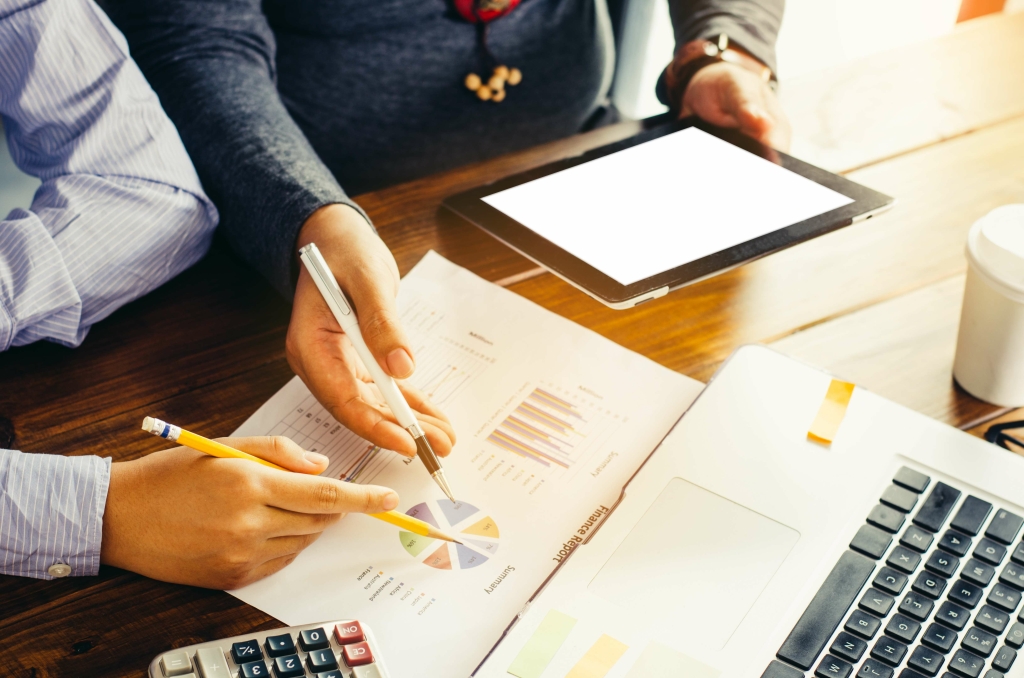Introduction to Plant Assets Financial Accounting

11 Financial’s website is limited to the dissemination of general information pertaining to its advisory services, together with access to additional investment-related information, publications, and links. Plant assets should be depreciated over their useful life, and reflected as an expense on the income statement. For example, due to a decline in market demand, the business determines that the manufacturing machine’s recoverable amount is now £90,000 (down from £110,000).

What is the disposal of property, plant, and equipment (PP&E)?
Also included in this balance sheet classification is a subtraction of the accumulated depreciation that pertains to these assets. Fixed assets generally apply to property, plant and equipment (PP&E). While noncurrent assets can lower cash flow, they can signal to investors that you are serious about growing your company and increasing your customers’ trust in your brand as you scale your line.
What is Property, Plant, and Equipment (PP&E) in Accounting?
In many cases, plant assets are sold rather than disposed of for no value in return. An asset can plant assets be sold during its useful life when it has a positive book value or at the end of its life when it is fully depreciated. In this article, these concepts are explained by demonstrating the accounting for the sale and trade-in of plant assets. It shows how well a business uses its fixed assets in order to generate sales. The ratio divides net sales by net fixed assets over an annual period.

The Role of PP&E Accounting

If you picture a business as a process that creates wealth for the owners, PP&E are the physical machine. Left by themselves, PP&E just sit there, but put into action by people with energy and purpose, they become a money-making machine. The systematic allocation of the cost of a plant or equipment asset over its useful life, reflecting the gradual consumption or decline in the asset’s value. See this sample journal entry, which illustrates a $5,000 debit to the PP&E account and credit to the Cash, Accounts Payable, or Loans Payable account. Regular audits and inspections of your equipment can maximize its efficiency and life expectancy. By accurately managing your long-term assets, you can prevent extended shutdowns that impact your profits.

Equipment, machinery, buildings, and vehicles, are commonly described as property, plant, and equipment (PP&E). These items labeled are tangible, fixed, and not easy to liquidate. PP&E is listed on a company’s balance sheet minus accumulated depreciation. PP&E represents assets that are key to the functionality of a business. When PP&E assets are sold, scrapped, or retired, auditors will ensure that disposals are accurately recorded and that any gains or losses are properly recognized.
Our Services
You should recognize PP&E in your financial statements only when certain criteria are met. Tangible assets are company-owned property or physical goods that are integral to the business operation. The value of such assets equate to its original cost minus any depreciation. However, tangible assets — such as land — may be void of depreciation because they tend to appreciate. The balance sheet is imperative to understanding your company’s current financial condition and engaging investors to accelerate the business’s growth. Creating an accurate balance sheet on your what are retained earnings own can be overwhelming, though.
What is a Plant Asset? Definition and Real-World Examples
Investment analysts and accountants use PP&E to determine if a company is financially sound. Purchases often signal that management expects long-term profitability of its company. Industries or businesses that require extensive fixed assets like PP&E are law firm chart of accounts described as capital intensive. Depreciation allocates the cost of a tangible asset over its useful life and accounts for declines in value.
“Plant and Equipment” also found in:

No matter how the disposal is accomplished, the accounting procedures are quite similar. Auditors will assess whether PP&E assets are properly valued at cost, including all directly attributable costs (such as installation, transport, and legal fees). They will also examine whether the assets are appropriately classified (e.g., land, machinery, buildings, etc.) according to their use and the accounting policy adopted by the company. PP&E are long-term, tangible assets that the corporation owns, and they are typically fixed assets. PP&E contains assets like equipment, land, and real estate that enable the corporation to increase its enterprise value over time.
- In business, assets can take several forms — equipment, patents, investments, and even cash itself.
- Left by themselves, PP&E just sit there, but put into action by people with energy and purpose, they become a money-making machine.
- Our editorial team independently evaluates products based on thousands of hours of research.
- Conversely, a loss occurs if the consideration received is less than the asset’s book value at the time of sale.
Ask Any Financial Question
PP&E is measured using historical cost, or the actual purchase cost. When purchasing a building for retail operations, the historical cost could include the purchase price, transaction fees, and any improvements made to the building to bring it to use. It is ultimately realized through lower depreciation charges in future years because the asset is recorded at $61,000, rather than at its list price of $65,000. In essence, PP&E accounting bridges operational realities and financial reporting.
